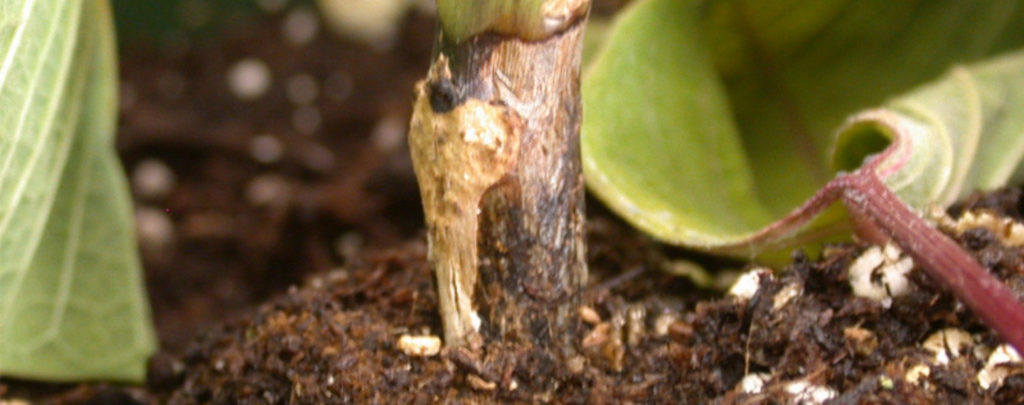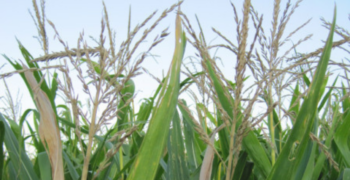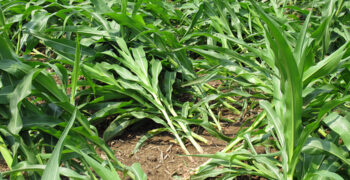Background and Symptoms
Rhizoctonia Crown and Brace Root Rot can be found in numerous locations throughout the world. However, it can remain undetected in other locations because due to the limited symptoms it may show. In the United States, this extends as far West as Nebraska and all the way to the East Coast. Stretches from Minnesota down to the gulf coast as well. Aboveground symptoms will show yellowing and stunting of infected plants. To detect this on the seedling you will see brown lesions beginning to develop within the seminal roots and the mesocotyl. If the infections become too severe, it will overcome the seedling and kill it. To discover accurate symptoms, look on plants that are at a higher maturity level.
Favorable Conditions
This causal fungus is not limited to different soils or moisture ranges. This disease can be deadly in areas where population may be lower, or sandy soil and slopes are present. Thrives especially in residue. Herbicide injury can also play a factor in disease and infection development.
Life Cycle
The fungus survives in soil residue. Rotating to soybeans will not always be helpful to control the pathogen. Rotating between more non host crops may reduce the disease. Soil
Management
The best way to eliminate stress within the plant can start by herbicides that cause injury to corn, helps reduce the odds of the disease to develop. Using more tillage and having great soil drainage to reduce residue pileup is very beneficial in reducing this disease. Using a different variety of seed treatments can also prevent the disease. Limiting weeds and other pests limits and reduces the disease as well.
Sources
Farmers Guide to Corn Diseases
Purdue Extension Corn and Soybean Field Guide 2018 edition.



